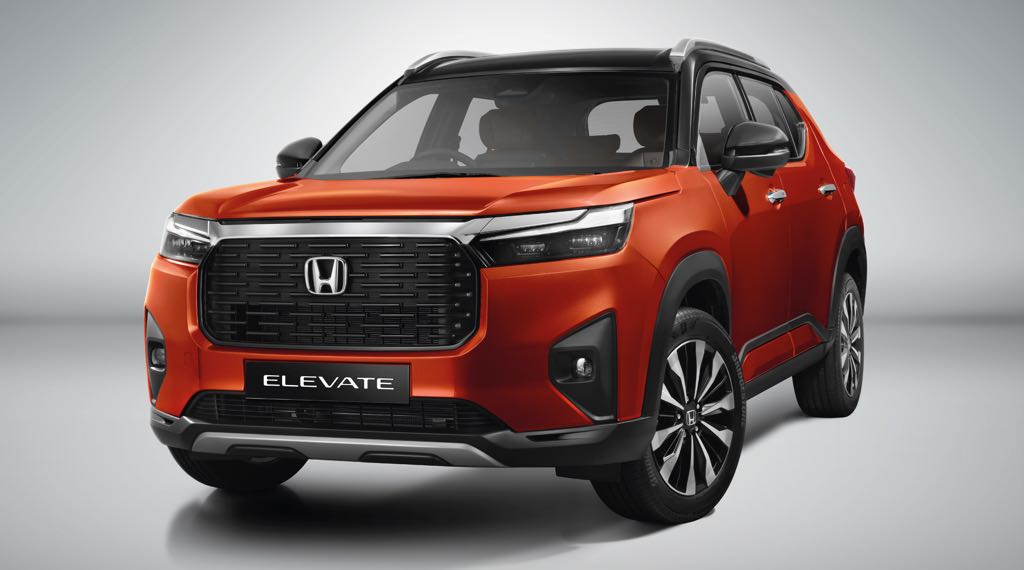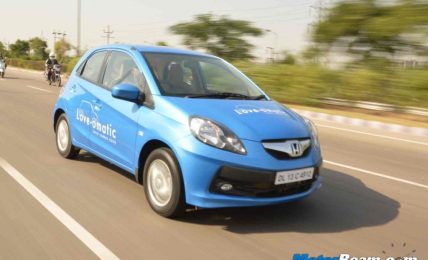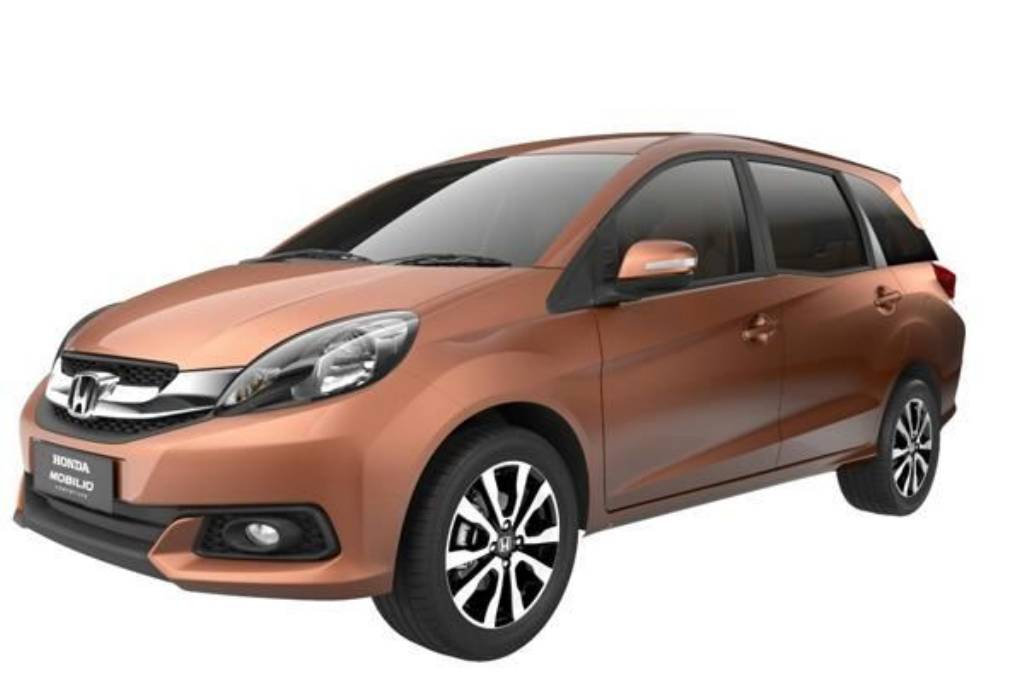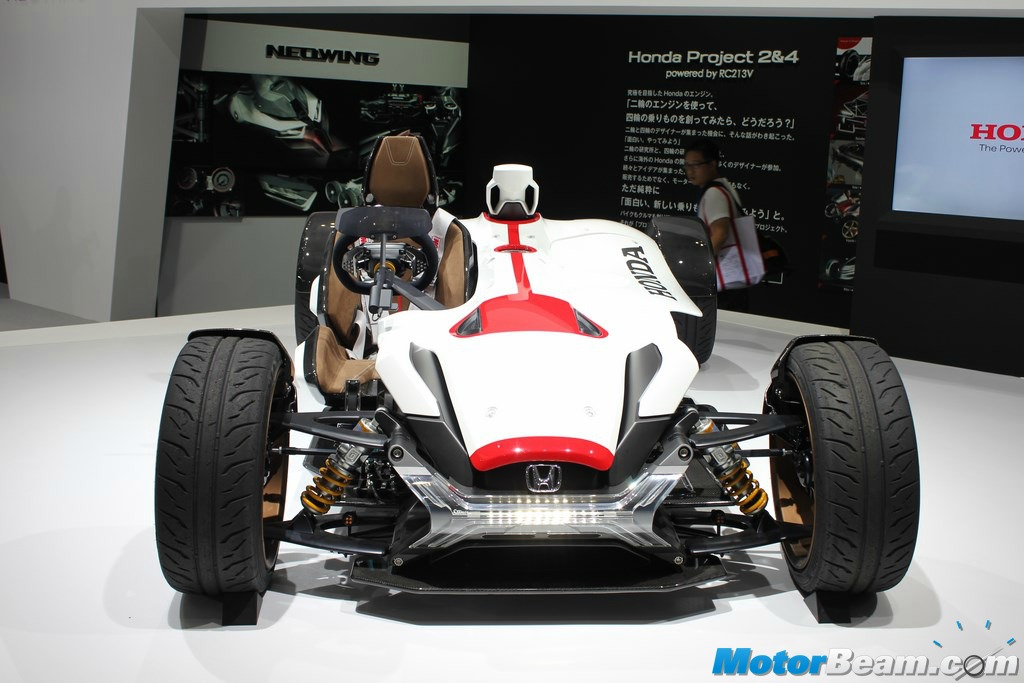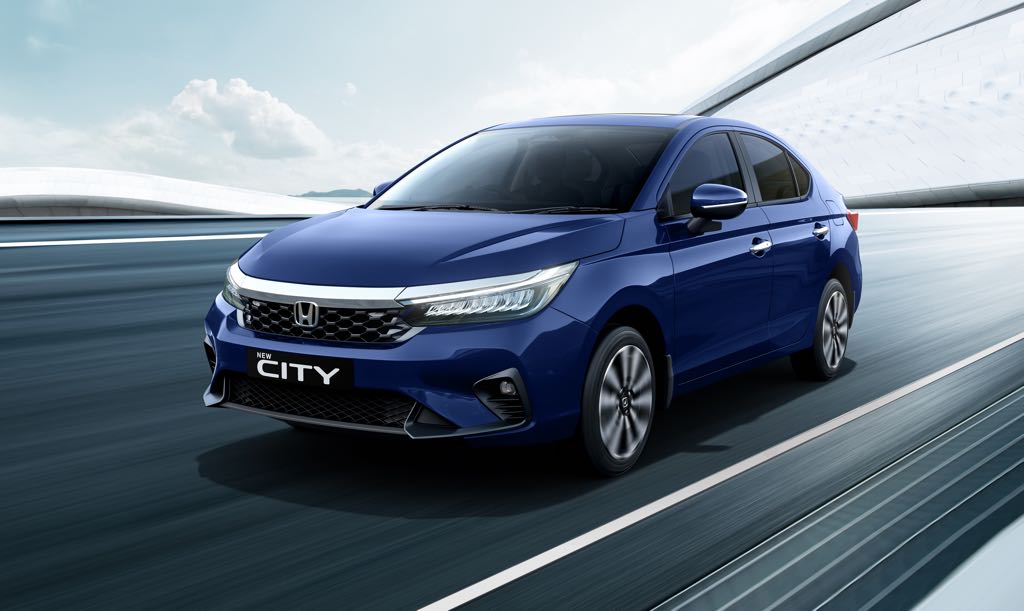
Honda is developing a new modular platform (PF2) to underpin a range of cars
Honda is developing a global platform, designated as PF2, for its small and medium car portfolio. This platform, which is being designed to support both internal combustion engines and electric vehicles is expected to underpin a variety of future models including sedans, SUVs and hybrid cars. India is poised to become a primary production base for these vehicles, catering to both domestic and international markets.
In a strategic move reminiscent of Toyota, Honda is adopting a multi-powertrain approach. Despite publicly committing to selling only EVs and fuel cell cars by 2040, Honda remains cautious about the feasibility of a dedicated EV platform amid fluctuating demand for electric vehicles. The PF2 platform’s versatility in supporting multiple powertrains reflects this cautious approach.
Honda’s new platform is set to breathe new life into its declining sales in India. The Honda City, once a cornerstone of the company’s lineup, has seen its monthly sales drop below 1000 units. Similarly, the Honda Elevate, initially successful with monthly sales of around 4500 units, now averages just above 2000 units. However, the Elevate has found success as an export model, rebranded as the WR-V in Japan. In the first quarter of this year alone, Honda exported 10,659 units of the WR-V to Japan, almost double the Elevate’s domestic sales.
The PF2 platform will debut with an all-new three-row SUV slated for a 2027 release. Designed primarily with the Indian market in mind, this SUV will feature both a naturally aspirated 1.5-litre engine and a hybrid option. The development of this model involves significant input from Honda’s R&D centres in Japan and Thailand.
Following the SUV, the next generation Honda City will arrive in 2028, offering both petrol and hybrid powertrain options. The redesign promises fresh styling and a new design language. In 2029, a compact SUV and a second EV are scheduled for launch. The compact SUV, expected to be a sub-4-meter vehicle, will likely be powered by the 1.5-litre petrol engine. The second EV will be an all-new model built on the PF2 platform, distinct from the previously announced Elevate-based EV due in 2026.
Honda is revisiting its hybrid strategy in India after a lukewarm reception to previous efforts. The company’s City hybrid was priced too high for the market and the decision not to offer a hybrid Elevate was seen as a missed opportunity. Moving forward, Honda plans to localise its hybrid powertrain technology to enhance competitiveness and capitalise on the growing demand for hybrids both domestically and internationally.
Honda’s success with the WR-V in Japan highlights India’s potential as a low-cost export hub. This strategy not only leverages India’s manufacturing capabilities but also helps Honda pivot from its traditional base in Thailand, where it faces increasing competition from Chinese automakers.
With the development of the PF2 platform and a renewed focus on hybrid technology, Honda aims to revitalise its presence in the Indian market and strengthen its position globally. The company’s multi-powertrain strategy and commitment to localising production shows their adaptive approach in a rapidly evolving automotive landscape.
